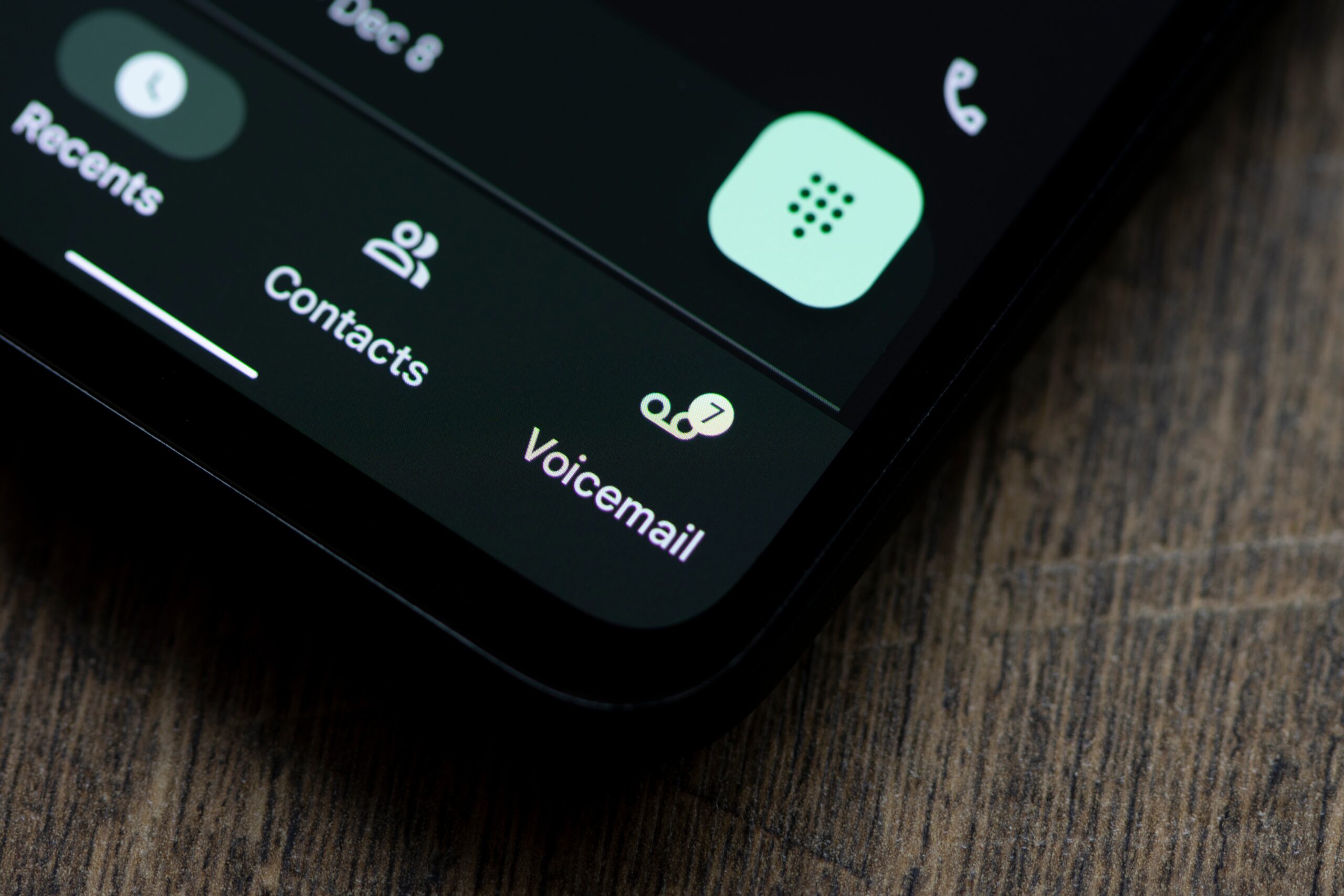THIRTY YEARS AGO, before caller ID and voicemail, we actually answered our phone to find out who was on the other end. Eek. Gasp. Horror. Since those days are long behind us, savvy sales teams have learned to view caller ID and voicemail as vital selling tools, not agonizingly restrictive systems used to prevent salespeople from ever reaching a live prospect. If you’re not getting through, there are a few strategies you can use to win the voicemail wars. Remember that less is more when it comes to leaving a voicemail — keep your message between 8 and 14 seconds. Your message will need to be concise and purposefully crafted to squeeze it into that timeframe. Don’t wing it. Script your message, and then leave it in your own voicemail inbox. Listen to it. If you were a prospect, would you return the call? Speak slowly, with confidence and authority, to make a strong impression. Fast talkers come across as nervous, and they’re less influential. Make sure you’re avoiding passive phrases such as “I’m just calling to….” Call the prospect by his first name only for a more personal message, and then provide a meaningful reason that your prospect can benefit from talking with you. Use the power of suggestion to your advantage. For example, you could say, “We have a mutual friend, Bob, who suggested we connect. We’ve put some creative strategies in place at his operation, which are driving significant revenue. Let’s talk to see if we can do the same for you.” Don’t say too much. Your objective is simply to pique your prospect’s interest enough to take your call the next time. If you give away your whole pitch, you risk giving your recipient a reason not to meet with you. Increasingly challenged to get more done, successful business people must prioritize the calls they’ll return, so when they don’t call you back, don’t take it personally. In fact, unless you have a strong existing relationship, you should assume they won’t. Instead, think of your message as the very first step in the effort to land a meeting. If you have a strong case study outlining how you’ve helped similar companies, mention in your message that you’ll be sending it for review prior to your next call; then give a specific timeframe when you’ll call back. Before you call, know what your next steps should be. Consider leaving three messages with different content three business days apart, supplemented with email or direct mail, to impress upon the prospect that you’re persistent but not aggressive. Voicemail doesn’t have to be a dead end. Demonstrate you have value to offer, and you’ll ultimately break through the voicemail barrier.
Recent Posts
- Identifying the Ideal Attribution Model For Your Business
- Embracing the Power of Attribution Modeling and Stop Accepting Bad Data
- Mastering MROI: How Accurate Calculations Drive Strategic Marketing Decisions
- Why You Don’t REALLY Know Your Customers
- To Tweak or to Torch: Key Considerations for Strategic Marketing Changes
Related Posts
 Marketing Strategy
Marketing Strategy
Identifying the Ideal Attribution Model For Your Business
Objectively determining the most accurate attribution model for your business is challenging because accuracy in…
Lori Turner-WilsonJuly 17, 2024
 Marketing Strategy
Marketing Strategy
Embracing the Power of Attribution Modeling and Stop Accepting Bad Data
While it's relatively straightforward to measure the overall impact of your marketing efforts, it's decidedly…
Lori Turner-WilsonJuly 10, 2024
 Marketing Strategy
Marketing Strategy
Mastering MROI: How Accurate Calculations Drive Strategic Marketing Decisions
Calculating MROI is vital when assessing whether your investments are yielding profitable returns. This metric…
Lori Turner-WilsonJuly 3, 2024




